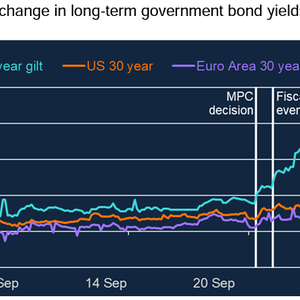Bond Market
Most recommended content
See AllFeatured creators
See AllChief Fatalist at Concoda Capital. Geopolitical and financial market forecastings. Monetary plumbing buff. DALLE Avatar (yep).
“You’re no angel” — @profplum99
32 yrs trading HY credit/cap structure arb| McGill | Cornell |#bitcoin| 🌮 pleb | All Fiats are melting ice cubes| @powervalidus
Former senior fed trader
cohost 🌏💰@npr
author of THE BOND KING from @flatironbooks http://bit.ly/3bdf3Bw





